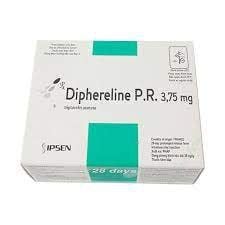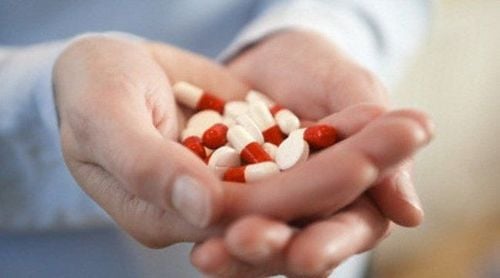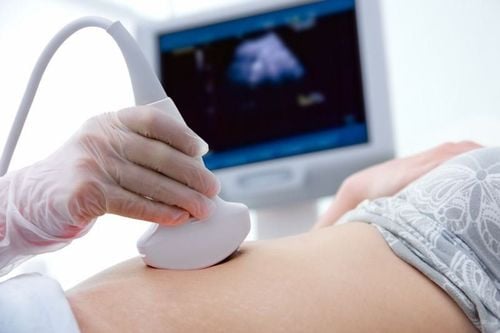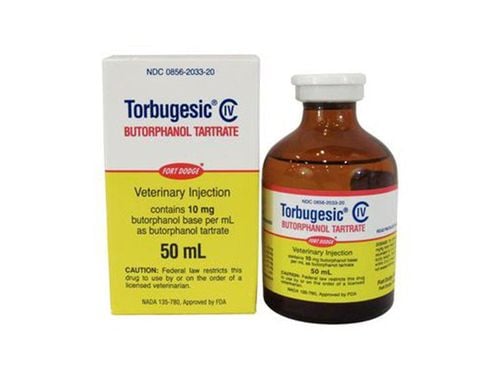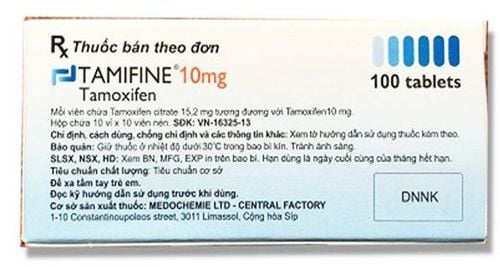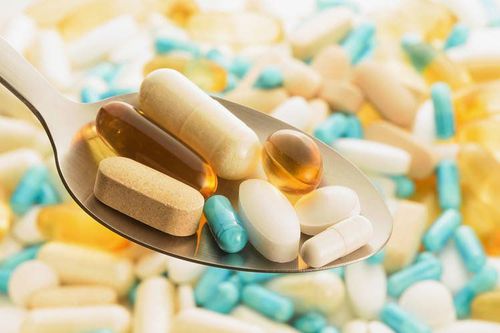This is an automatically translated article.
This article is professionally consulted by Dr. Nguyen Van Thanh - Obstetrician and Gynecologist - Department of Obstetrics and Gynecology - Vinmec Nha Trang International General Hospital. Doctor has many years of experience in the field of Obstetrics and Gynecology.For many women, mid-cycle pain is one of the signs of ovulation. The most common site of pain is the sides of the pelvis and can cause lower abdominal pain. In addition, some women have additional pain such as: chest pain, headache or migraine.
1. Ovulation phenomenon in women
Ovulation occurs around day 14 of the menstrual cycle. A mature egg will burst through the follicle and enter the adjacent fallopian tube. This is an important process of reproduction. Not every woman will feel the monthly process of ovulation happening in her body. However, women who have pain during ovulation need to be examined and consulted by a specialist.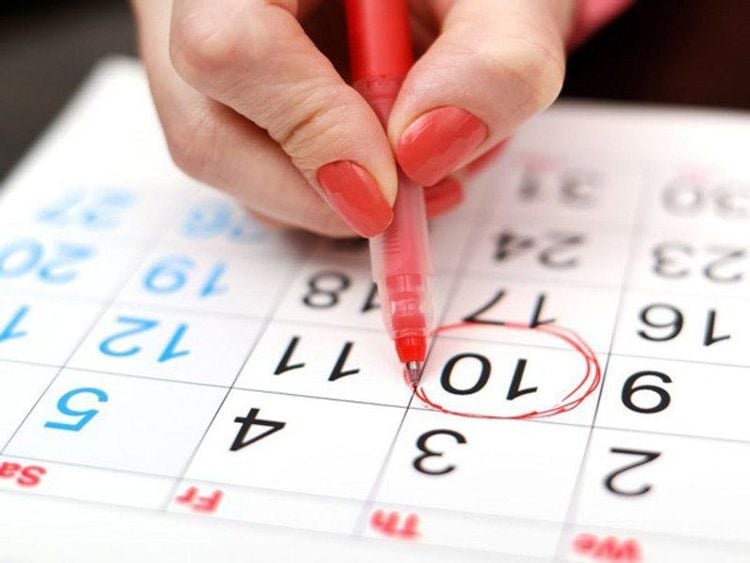
2. Pain during ovulation
Ovulation pain is also known as mittelschmerz. Mittelschmerz is pelvic and lower abdominal pain that some women experience during ovulation. Ovulation usually occurs between menstrual cycles, so the term mittelschmerz is derived from the German words for "between" and "pain".The pain of ovulation can range from a mild contraction to severe discomfort and usually lasts from a few minutes to several hours. It is usually felt on one side of the abdomen or pelvis and can vary from month to month of the cycle. Furthermore, the pain also depends on whether the ovaries will release an egg during that cycle. In some cases, a small amount of vaginal bleeding or discharge will occur. Some women experience nausea, especially if the pain is severe. In addition, after the ovulation cycle, the level of the hormone progesterone in a woman's body will increase. This change may be the cause of sore breasts during ovulation. Or, for some women, they have headaches or migraines. About 20% of women experience this when ovulation occurs.
3. Causes of Pain During Ovulation
As the egg develops in the ovary, it is surrounded by follicular fluid. During ovulation, the egg and fluid, as well as blood, are released from the ovary.While the exact cause of mittelschmerz is unknown, it is believed that fluids or blood may be the cause of irritation of the lining of the abdominal cavity causing ovulation with lower abdominal pain. These pains will likely go away soon after the egg is released or as the body absorbs fluid or blood.
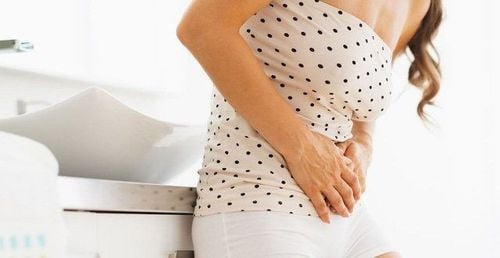
Cysts Ovarian cysts can cause a number of symptoms from cramping and nausea to bloating. However, some other cysts do not cause any symptoms.
Solid cysts, endometriomas are less common types of cysts but can cause painful symptoms. Or polycystic ovary syndrome (PCOS) consists of many small cysts on the ovaries. If you have PCOS and leave it untreated, it can cause infertility in women.
Endometriosis or adhesions Endometriosis is a condition that causes pain in women when tissue from the lining of the uterus grows outside the uterine cavity. The affected areas will become irritated as the lining tissues react to the hormones during the cycle, causing bleeding and inflammation outside of the uterus. Furthermore, it is possible to develop scar tissue or endometriosis which is especially painful during the menstrual cycle.
Intrauterine adhesions, also known as Asherman syndrome. This syndrome can develop if the patient has had previous surgery. It is dredge or cesarean section. Pre-intrauterine infection can also cause these adhesions. Patients can develop Asherman syndrome without even knowing the cause.

In addition, medical procedures or even childbirth can cause infections. Occasionally, a urinary tract infection can also cause general pelvic pain.
Ectopic pregnancy Unilateral pelvic pain can be a sign of an ectopic pregnancy. This usually happens when the embryo implants in the fallopian tube or another location outside the uterus. Ectopic pregnancy is potentially life-threatening for the patient
4. How to recognize pain due to ovulation
Ovulation usually occurs about two weeks before the next cycle, so the timing of mittelschmerz pain is easy to spot.To determine if the pain is related to ovulation, your doctor may ask you to chart your menstrual cycle. During monitoring, you should note any pain, as well as the location of the pain (ovulation pain usually occurs on one side of the lower abdomen).
Your doctor may also do a pelvic and abdominal exam to help rule out other causes of pain, such as endometriosis or ovarian cysts.
If your pain is severe or if your doctor notices any abnormalities during the exam, a blood test or ultrasound or X-ray may be ordered to help diagnose the cause. multiply the pain.
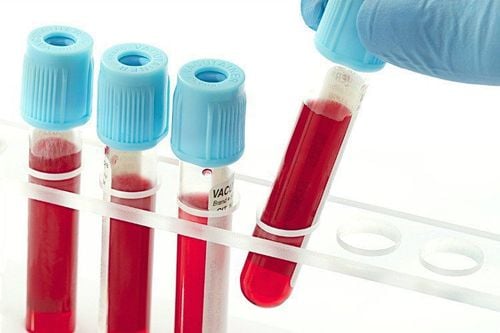
5. Ovulation pain treatment
Ovulation pain usually goes away in about 24 hours. So no treatment is needed. However, if the pain persists, an over-the-counter pain reliever can be used, such as: Aleve (naproxen) or Motrin (ibuprofen). This is a drug that is usually effective in relieving mittelschmerz.Alternatively, using a warm compress for the lower abdomen or taking a warm bath can also help relieve discomfort. Women who experience ovulation along with pain can try to relieve the pain by taking oral contraceptives that combine estrogen and progesterone, which prevent ovulation.

6. How to Prevent Ovulation Pain
Ovulation prevention, which can be done with the estrogen-progesterone oral contraceptive, is the only way to effectively prevent mittelschmerz.Please dial HOTLINE for more information or register for an appointment HERE. Download MyVinmec app to make appointments faster and to manage your bookings easily.
Reference source: webmd.com




